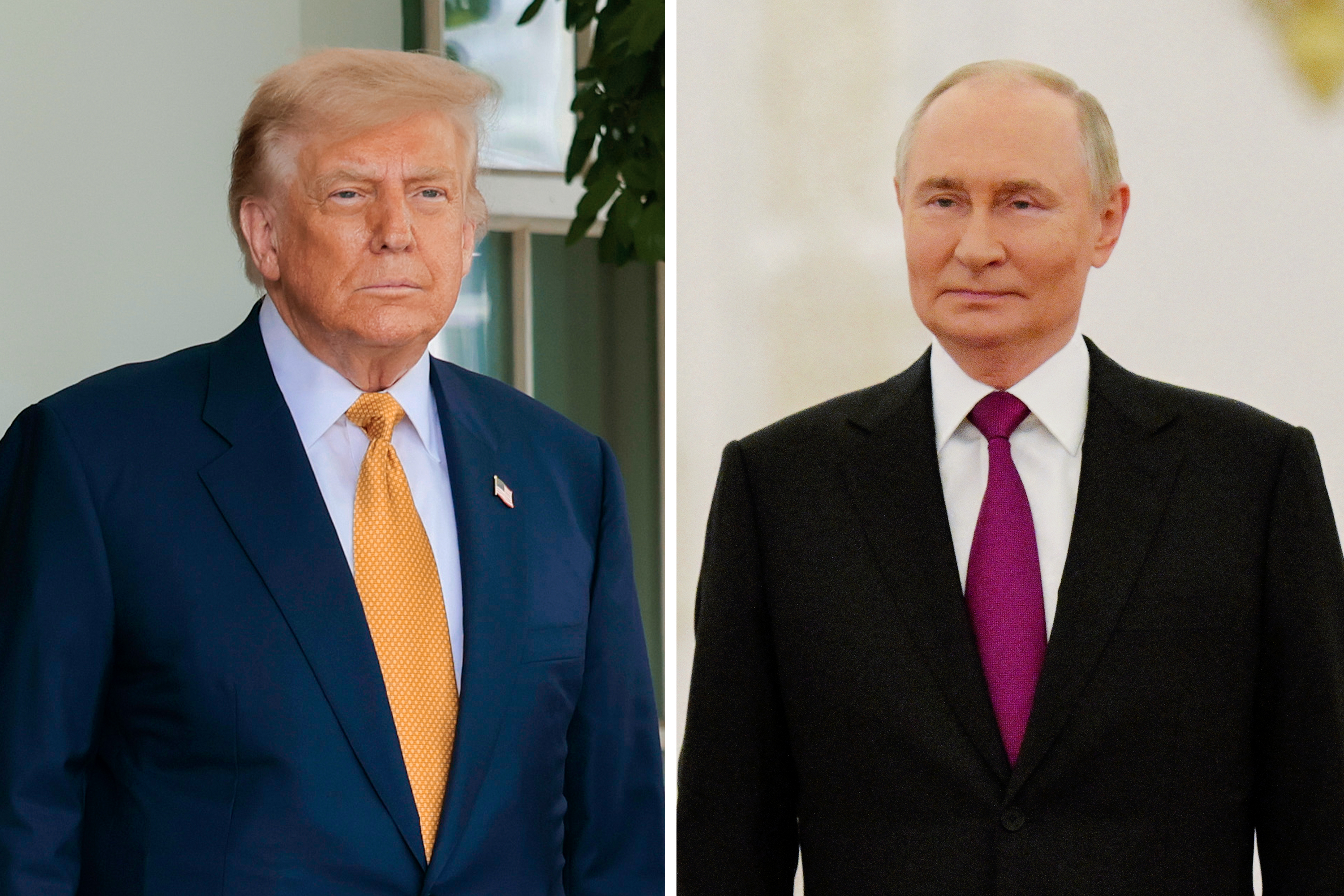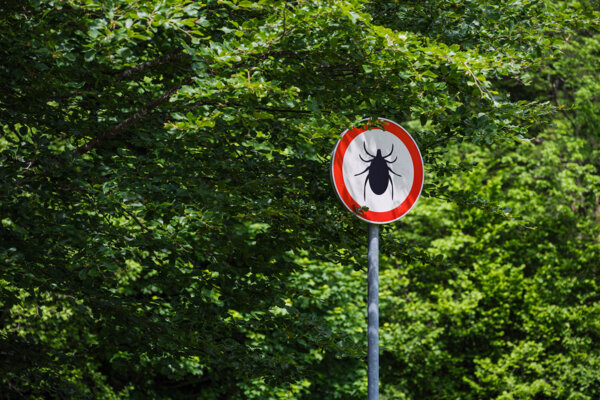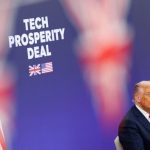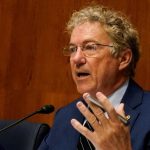The two leaders are set to meet in Alaska on Aug. 15 to discuss a way to end the ongoing Russia–Ukraine conflict.

The summit will be the first face-to-face meeting between the two leaders since the start of Trump’s second term and the first time that the presidents of the two countries have met since Russian troops entered Ukraine in February of 2022, setting off the current phase of the conflict.
While Russian and Ukrainian forces have been in direct combat for about 3 1/2 years, the current conflict is part of a larger struggle for regional influence between Russia and the West.
Ukrainian President Viktor Yanukovych, who had been on friendly terms with Russia, fled Ukraine in February 2014, amid violent street demonstrations over his decision to back out of an agreement to expand economic ties with the European Union.
In February 2014, just days after Yanukovych fled Ukraine, Russian forces seized control of the Crimean Peninsula. By March, Moscow had formally declared Russia’s annexation of the territory. In Ukraine’s eastern Donbas region, pro-Russian secessionists began to break from the post-Yanukovych Ukrainian government, setting the stage for a Ukrainian internal conflict that bled into the current stage of direct fighting between Russia and Ukraine.
The United States and various other countries around the world have supported Ukraine throughout the current stage of conflict, supplying weapons and financial aid to Kyiv, while expanding sanctions intended to isolate Russia financially.
Throughout his 2024 presidential campaign and into his second presidential term, Trump repeatedly chafed at the U.S. financial commitment to Ukraine thus far, called on Europe to take on a greater share of the financial burden for its regional security, and expressed a desire to quickly negotiate an end to the conflict.
Although Trump said at points on the campaign trail that he could get a deal to resolve the Ukraine conflict within 24 hours of taking office, a truce has remained elusive.
Trump and Putin are expected to meet at Joint Base Elmendorf-Richardson at 11:30 a.m. local time.
Trump Suggests Land Swaps Likely
In addition to holding Crimea since 2014, Russian forces have managed to capture virtually all of the Luhansk region and the majority of three other Ukrainian regions: Donetsk, Zaporizhzhia, and Kherson. In all, Russia’s holdings cover about 20 percent of Ukraine’s pre-2014 territory.

Since announcing his meeting with Putin, Trump has said that a deal to end the conflict could entail some exchanges of captured land.
Trump said Russian forces currently hold some valuable territory within Ukraine.
“We’re going to change the lines, the battle lines,” he said. “Russia’s occupied a big portion of Ukraine. They’ve occupied some very prime territory. We’re going to try and get some of that territory back for Ukraine.”
Zelenskyy has already raised opposition to the idea of ceding any Ukrainian territorial claims, noting that his country’s constitution prohibits such action.
Trump said there will be “good stuff” and “some bad stuff” for both parties as negotiations proceed.
Zelenskyy’s Conditions
Zelenskyy spoke with Ukraine’s various foreign supporters on Aug. 13, including the heads of state of Finland, Lithuania, Romania, Austria, Bulgaria, Canada, Croatia, the Czech Republic, Denmark, Estonia, Greece, Iceland, Ireland, Italy, Japan, Luxembourg, Latvia, the Netherlands, Poland, Portugal, Spain, Sweden, and Turkey.

Zelenskyy’s office stated that the meeting participants also “emphasized that international borders cannot be changed by force and that Ukraine, together with other European countries, must have reliable security guarantees.”
Ukraine has sought entry into NATO for years.
“The leaders stressed that there can be no restrictions on Ukraine’s defense cooperation with other countries, nor can Russia have a veto over Ukraine’s accession to the EU and NATO,” Zelenskyy’s office stated.
Non-NATO Security Guarantees Possible: Macron
Addressing reporters at Fort de Brégançon on Aug. 13, French President Emmanuel Macron announced that he spoke with Trump ahead of the Alaska summit.
Macron said Trump was supportive of continued security guarantees for Ukraine but emphasized that these guarantees would not exist under the NATO umbrella.
Trump Threatens ‘Severe Consequences’ for Russia
In remarks on Aug. 13, Trump said that there would be “very severe consequences” for Russia if the Alaska summit with Putin does not set them on a path to finally end the Ukraine conflict.
The U.S. president did not specify what those consequences might entail.

Trump has threatened to impose so-called secondary tariffs, targeting exports from Russia’s top trade partners. China has led India as a top purchaser of Russian fossil fuel exports, but Trump has yet to impose similar secondary tariffs against Beijing.
Speaking with Fox News radio host Brian Kilmeade on Aug. 14, Trump said his decision to impose tariffs on India likely contributed to Putin’s decision to seek the Alaska meeting.
Possible Next Steps
As he spoke with Kilmeade on Aug. 14, Trump said, “There is a 25 percent chance that this meeting will not be a successful meeting.”
The president indicated that further meetings may be necessary to bring about a deal to end the current Ukraine conflict.
“It’s like a chess game. This meeting sets up the second meeting,” Trump said.
Following his discussions with his various international supporters on Aug. 13, Zelenskyy said that there should be a trilateral format to discuss the conflict.
Last week, Putin said he was open to the idea of direct talks with Zelenskyy but said the conditions aren’t yet right for such a discussion.
“I have reiterated that I have nothing against that on the whole, it is possible,” Putin said in remarks carried by Russia’s state-backed TASS news agency. “However, certain conditions should be created to do that. Regrettably, there is still a long haul ahead for creation of such conditions.”











